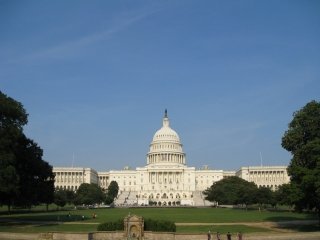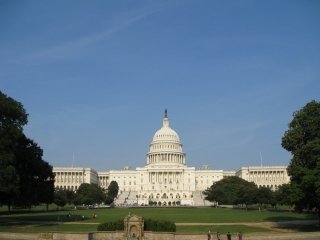 Access to public lands by a variety of user groups is perpetually in flux and debate whether we realize it or not. Being public resources, there are always groups vying for it’s use, preservation or exploitation in ways that are just as varied as opinions in our country.
Access to public lands by a variety of user groups is perpetually in flux and debate whether we realize it or not. Being public resources, there are always groups vying for it’s use, preservation or exploitation in ways that are just as varied as opinions in our country.
Increasingly, it is just as common to have an entire area in jeopardy of being affected to the detriment of all user groups. Such a threat has most recently come in the form of the National Security and Federal Lands Protection act ( H.R 1505.)
If passed, this act would allow the Department of Homeland Security to make any “improvements” upon federal lands within 100 miles of a U.S border as the DHS sees fit. The scope of the allowed improvements are unlimited and may include roads, surveillance, gates and other permanent structures and even mechanized travel into designated wilderness areas currently protected by the Wilderness Act of 1964.
Ostensibly, this act is targeted in beefing up safeguards in areas like Big Bend National Park on the border of Texas and Mexico. But even here, where drug and human trafficking is a very real concern, wanton development is not essential, necessary, or even demonstrated as being effective. How much development is enough development to control our borders? If any of our border towns are an indication, then no such threshold actually exists.
Other areas that would be effected include Glacier National Park, The Bob Marshall Wilderness, Cleveland National Forest, North Cascades National Park, Olympic National Park, The Boundary Waters and even Isla Royal among dozens of other prime hunting and recreation spots. Do the math, is your favorite or dream hunting spot within 100 miles of a border?
Even if it’s not, the key here is permanence. When it comes to building on public lands, it’s a lot harder to tear it down than to build it. So once it’s there, it’s there. Even long after our Regardless of how politics and national security threats change (and they DO change) these roads and buildings will be in place for decades, if not centuries. Maybe your grandkids will want to go on the elk hunt of a lifetime in the Bob Marshall, even if you don’t.
I’m not positing any new arguments here. These same points have been pushed for as long as the issues of improvements upon public lands have been discussed. The difference here is that the argument is not based upon resource use by competing groups with different philosophies about usage. This argument is about our safety, real or imagined. Unfortunately, arguments made on behalf of our safety are a lot easier pills to swallow for most people when it comes to giving up rights and privileges. In fact, the very existence of the Department of Homeland security and the Patriot Act is a testament to the power of fear and the innate human desire for security.
There is a lot of fear and risk that is calculated every time each of us heads out into the wilderness. From the heebie-jeebies of hearing a twig crack in the darkness of morning on the walk to the deer stand, to keeping an eye to the ground for rattlers and copperheads on the way back. But I’d prefer not to add being accidentally targeted by a predator drone, or having my trail-cam-captured-face added to a national database to my list of rational wilderness fears. HR 1505 is unacceptable, unbelievable, and unamerican; and I don’t use that last term lightly. Call or write your congressman and tell them the same.








